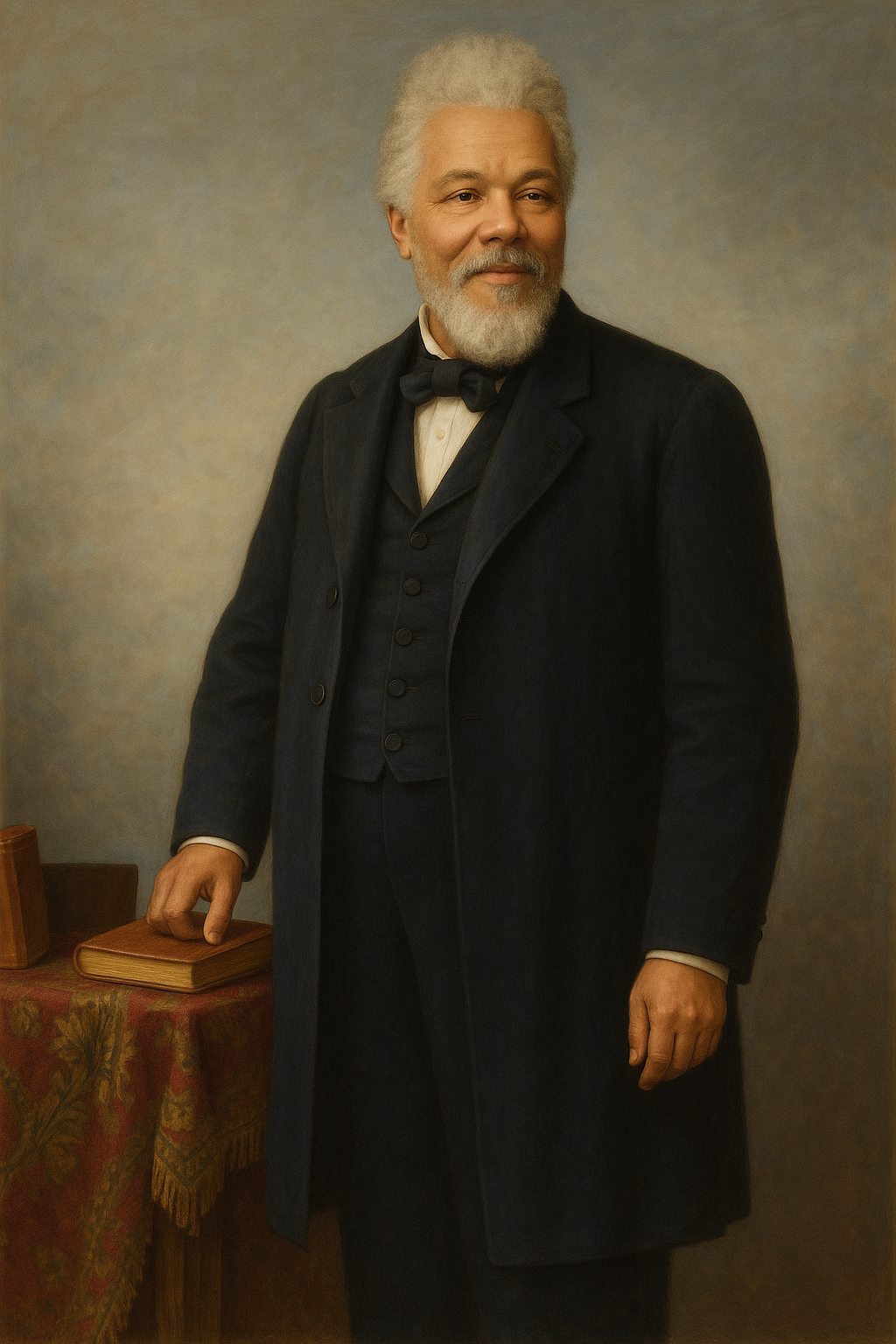Notifications
We use cookies to personalise site content, social media features and to analyse our traffic. We also share information about your use of this site with our advertising and social media partners.

3 minutes, 58 seconds
-1K Views 0 Comments 0 Likes 0 Reviews

(The image is a depiction and not accurate)
Pioneering the Sugar Industry: Norbert Rillieux and the Multiple-Effect Evaporator In the pantheon of illustrious inventors, Norbert Rillieux may not be a name that instantly rings a bell, but this ingenious inventor's contribution immensely revolutionized the sugar industry worldwide. Born in New Orleans, Louisiana, in 1806, Rillieux’s impact resonates through centuries, his innovation bestowing the sugar industry with the gift of efficiency, affordability and safety: the multiple-effect evaporator.
Hailing from an aristocratic Creole family, Rillieux showed remarkable acuity for engineering from an early age. With the opportunity to study in one of the finest engineering schools in the world - 'L'école Centrale' in Paris, Rillieux soon became an esteemed instructor in applied mechanics. His fascination with steam, heat, and mechanics served as the genesis of his world-altering invention. The world of sugar production in the 19th century was vastly different from what we know today. It involved a labor-intensive, risky, and inefficient process called 'Jamaica Train.' It required the sugarcane juice to be strained, clarified, evaporated and crystallized in multiple large open kettles, challenging to navigate without serious injuries.
Observing these challenges, Rillieux sought to devise a method that would address the cumbersome process. His solution? A world-first system that would revolutionize the art of sugar refining - the multiple-effect evaporator. The genius behind Rillieux’s innovation lies in its efficient use of energy. The multiple-effect evaporator used the principles of vacuum and heat transfer for evaporating the sugarcane juice. The 'multiple-effect' allowed the steam from one chamber to be reused in the next chamber, substantially reducing fuel consumption. The enclosed system also made it significantly safer for workers, mitigating the threat of severe burns and risking accidents. Rillieux’s technology was deemed groundbreaking, receiving its first patent in 1843.
By 1850, it was the standard method for refining sugar in Louisiana. The multiple-effect evaporator didn't stop at the sugar industry; it found usage in a variety of other industries, including dairy and chemical industries. While Rillieux’s achievement has experienced under-recognition historically, it's crucial to highlight this influential figure in African-American history and his contributions to the modern sugar industry. His creativity, ingenuity, and perseverance successfully transformed a hazardous manual process into an automated efficient system, extending beyond the realm of sugar refining to diverse domains.
Norbert Rillieux's remarkable legacy continues to thrive 200 years later, reminding us of the enduring power of innovative thinking and the brilliance of human intellect. His narrative should be a milestone in our historiography, reinstating the importance of his multiple-effect evaporator in shaping our contemporary industrial practices. This fortune may seem sweet, but unlike the sugar that Rillieux so significantly impacted, his is a legacy that never dissolves, inspiring generations with the testament of his indelible imprint on industrial progress.

At our community we believe in the power of connections. Our platform is more than just a social networking site; it's a vibrant community where individuals from diverse backgrounds come together to share, connect, and thrive.
We are dedicated to fostering creativity, building strong communities, and raising awareness on a global scale.
Share this page with your family and friends.